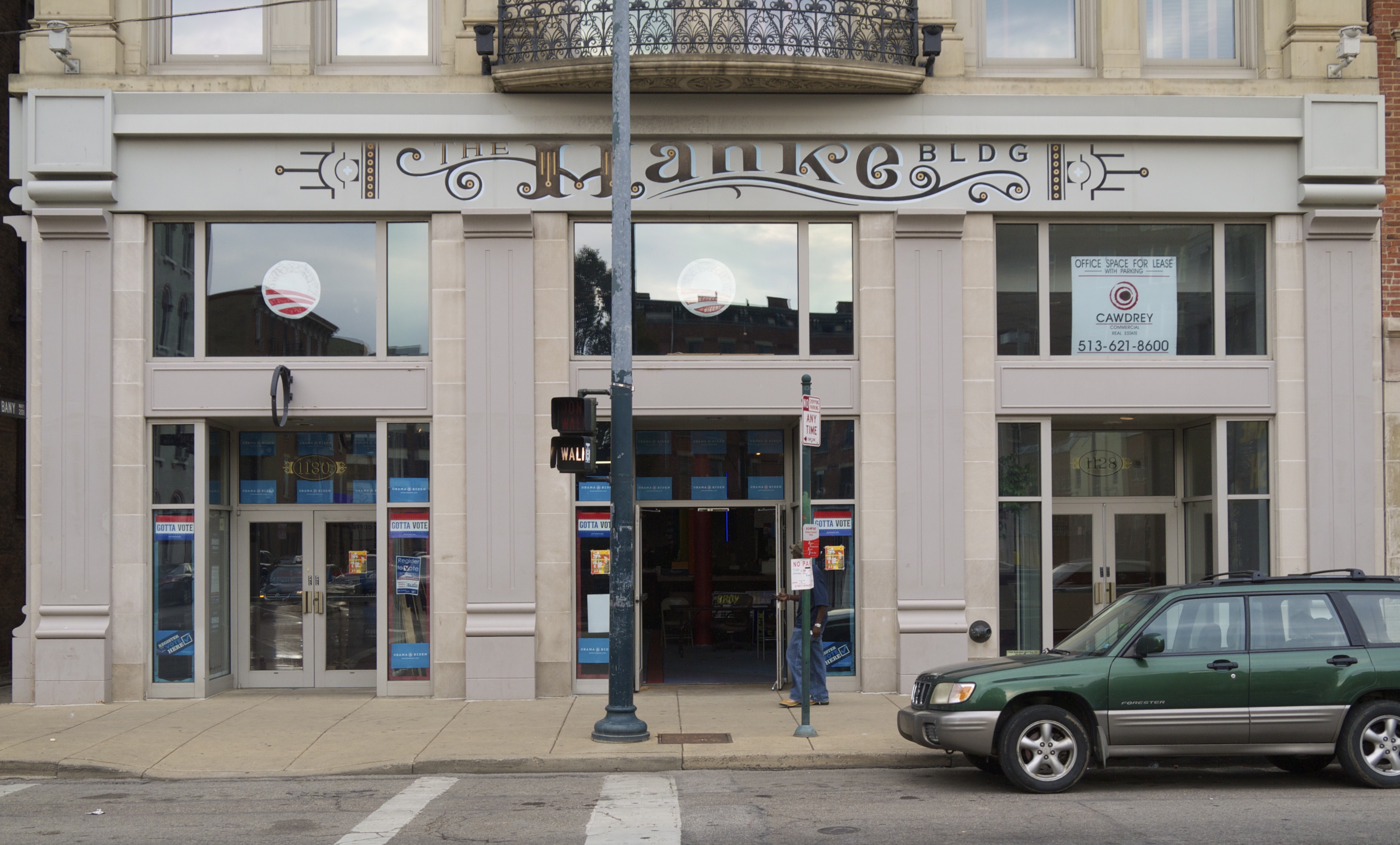Is the deck stacked against cities in state legislatures?.
It is difficult enough for local or regional governments and agencies to figure out how to pay for their necessary infrastructure investments, and it’s even more difficult when state legislatures dominated by rural representation do not even grant those entities the authority to hold public votes on the matter. Is this yet another example of anti-city bias in our nation’s political system? More from the Seattle Times:
When the gavel sounded adjourning the state legislative session this year, a critical piece of work was left undone. The Legislature failed to grant local cities and counties the power to ask voters for transportation funding. We will face crippling congestion in the coming year.
In 2011, the state Legislature recognized the reforms Metro made to reduce costs and run more efficiently, and partnered with King County to provide a temporary Congestion Reduction Charge, allowing Metro to avoid transit cuts for two years. A public hearing over whether the Metropolitan King County Council should enact the charge or cut transit service drew a thousand people who stood in a line around the block to testify in favor of saving transit service.They deserve to have their voices heard by leaders in the state senate.
The pending cuts to Metro Transit is an emergency that can no longer be ignored, particularly by the state Senate Majority Coalition Caucus. Transit cuts mean fewer buses, and the overcrowding and inconvenience drives people back to their cars. When there’s no more room on our crowded buses and congested roads and highways, jobs move elsewhere and we lose out.

